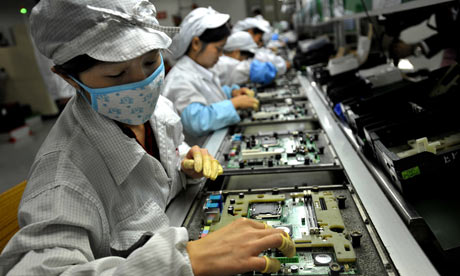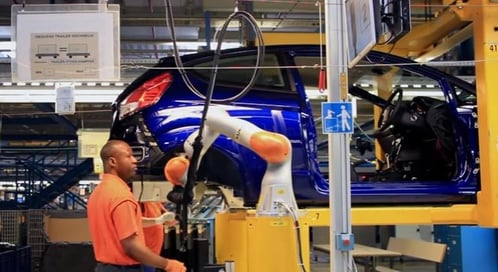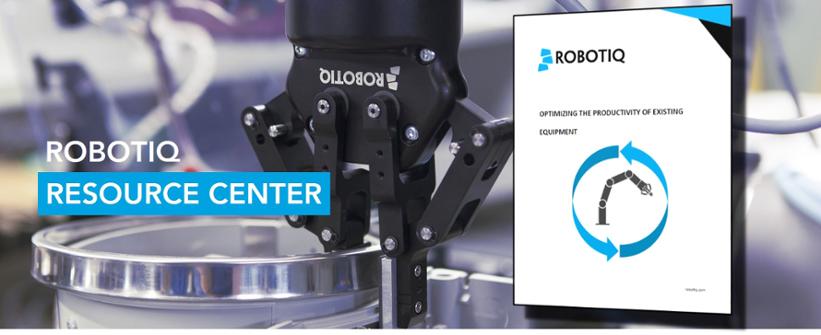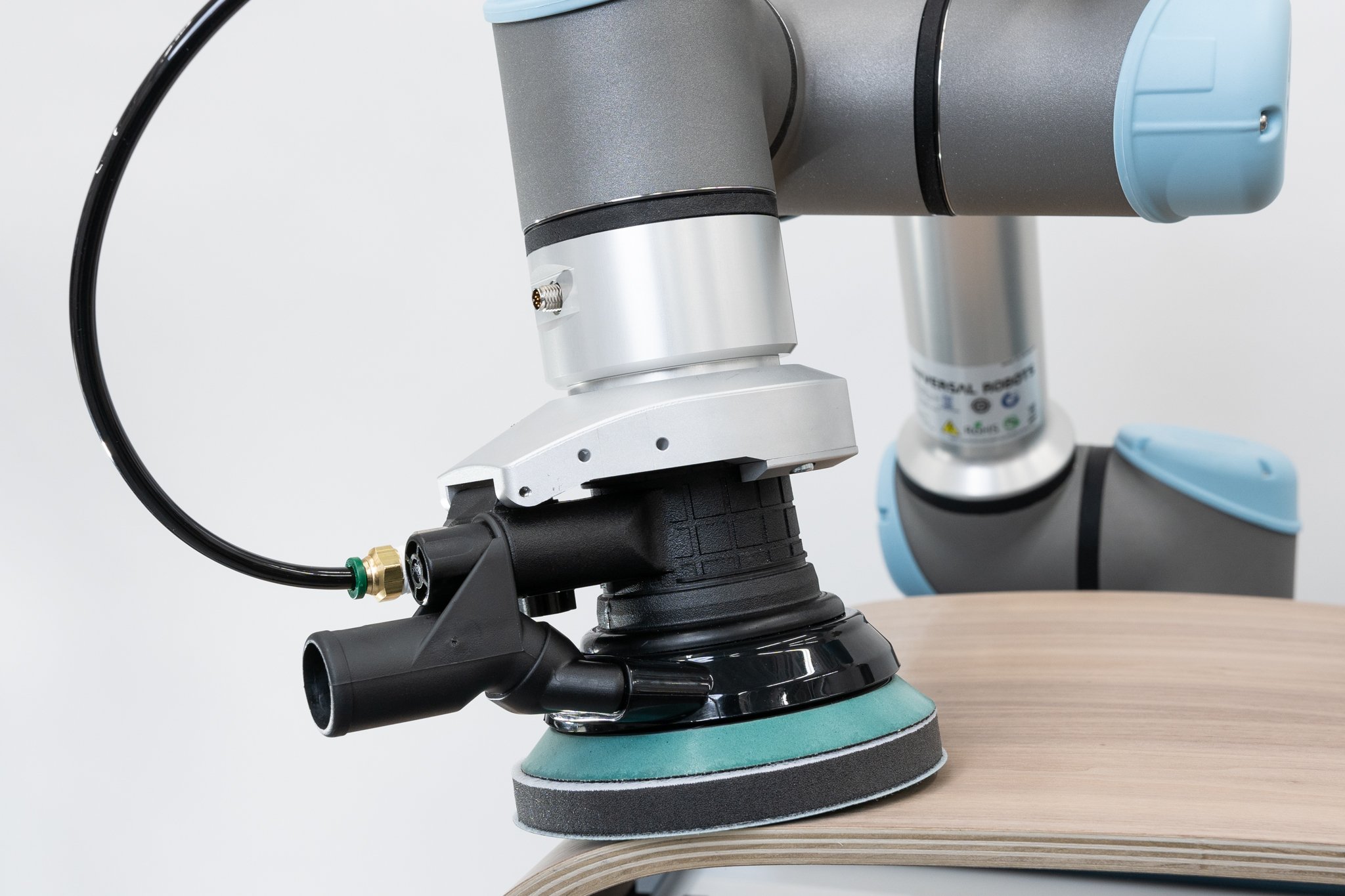Four Reasons To Develop In-House Robotics Expertise

Posted on Nov 08, 2016 7:00 AM. 5 min read time
How can in-house robotics expertise maximize your use of collaborative robotics? What benefits are you missing out on by outsourcing your robotic integration? Here are four reasons that developing in-house robotics expertise can be so valuable for your business.

In 1996, there existed a small, South Korean electronics manufacturer. The company's core values were speed, scale and reliability. Their engineers took pride in the fact that they could provide electronics with reasonable performance at their clients' prescribed prices. Like many manufacturers, the company was good but it was not remarkable.
As the company's core business was engineering, this was performed in-house and non-core skills were sourced from external companies. Product design was one of the skills that was outsourced. The few designers employed by the company had the basic job of adding plastic covers to make the electronics look better.
A single decision changed that company's future forever. The chairman decided to stop outsourcing product design and move it in-house.
It is now 20 years since that momentous decision. Samsung has gone from being an unremarkable electronics manufacturer to a world leader in innovation.
Choosing to in-house a skillset can have a radical effect on your business.
If you are using collaborative robots, robotics expertise is a great candidate for "inhousing."
Four Reasons to Choose In-House Robotics Expertise
The question of "in-house vs outsourced" is a common dilemma amongst managers. In a previous article, we compared the two options. In this article, we look closer at the reasons to move your robotics expertise in-house.
Don't get us wrong, outsourced integrators are an indispensable part of the robotics industry. However, if you are a manager and you're looking to use collaborative robots, here are four great reasons to invest in in-house robotics expertise. Insourcing could revolutionize your business, as it did with Samsung's design department.

1. It Gives the Workforce Ownership of the Robot
When Samsung's chairman, Lee Kun-Hee, decided to refocus the business on product design, he could still have outsourced the skills. In fact, several of the company's senior managers were in favor of outsourcing to a well-known Korean designer. Thankfully, Kun-Hee pushed back and opted instead to train the workforce. In an interview, Samsung's head of design strategy explained why this was important: "When we had our own place in the organization, we started caring about the future of the company."
Possibly the biggest benefit of insourcing is that it promotes a sense of ownership among employees. Even the best outsourced company is not 100% invested in your business and its needs. It has other clients and its own business to run.
If you train your workforce in robotics, they can be fully invested in maximizing your use of the robots. By giving them a sense of ownership, you may also see a boost in innovative ideas from workers, as we saw with the case of the Scott Fetzer group.
2. It's Part of Your Core Business
One of the arguments for outsourcing is that it allows you to concentrate on the core elements of your business. This is the reason that many companies now outsource skills such as IT, finance and legal. For small businesses, there are certainly good reasons to outsource some things.
If you have used collaborative robots for even a short time, you will soon appreciate how they could become a core element in your business. At their best, collaborative robots are more like a flexible tool than the more traditional "set it then leave it" automation. They are simple to reprogram, so allow you to respond swiftly to changing customer needs.
Considered this way, in-house expertise could even be seen as a necessity for collaborative robotics. Would you hire an external contractor to operate your company's lathe, for example, or would you instead train your workforce to use it? A workforce which is trained to use the company's tools is very valuable asset.
3. It's an Investment (not an Expense)
Developing in-house expertise requires training. Some of the objections to inhousing are that training costs a lot of money and time. With collaborative robotics, these costs are much lower than for traditional robotics but, even so, insourcing still requires an investment.
Both insourcing and outsourcing have associated costs. However, you can think of insourcing as being an investment whilst outsourcing is more like an expense.
As with any investment, the way to compare the cost of both options is to calculate the Return on Investment of insourcing and compare it against the expense of outsourcing. An IFR World Robotics report found that the cost of deploying robots was usually 45 - 60% of the integration budget. You can judge the ROI of insourcing by including this figure when you calculate the ROI of your collaborative robot.

4. It Makes the Best Use of Collaborative Robots
Probably the biggest benefit of collaborative robots is their flexibility. We discuss this in our eBook on adding sensors to collaborative robots, which also includes a section on how to assess flexibility. In-house expertise is almost always more flexible than outsourced expertise. Staff are on-site and "in the loop" regarding any changes to the process. They can preempt changes to the robot programming and suggest alterations to the process to make it more robot-compatible.
It is for this reason that you will probably need to have at least some in-house expertise to make the most of your robotic investment. Even if you choose to outsource the more advanced skills, like adding extra sensors, a basic level of in-house training in robotics will go a long way to maximizing your use of collaborative robots.
What other reasons can you think of to develop in-house robotics expertise? Would you favor the investment of training or the expense of outsourcing? What successes (or failures) have you experienced when insourcing robotics expertise? Tell us in the comments below or join the discussion on LinkedIn, Twitter or Facebook.








Leave a comment